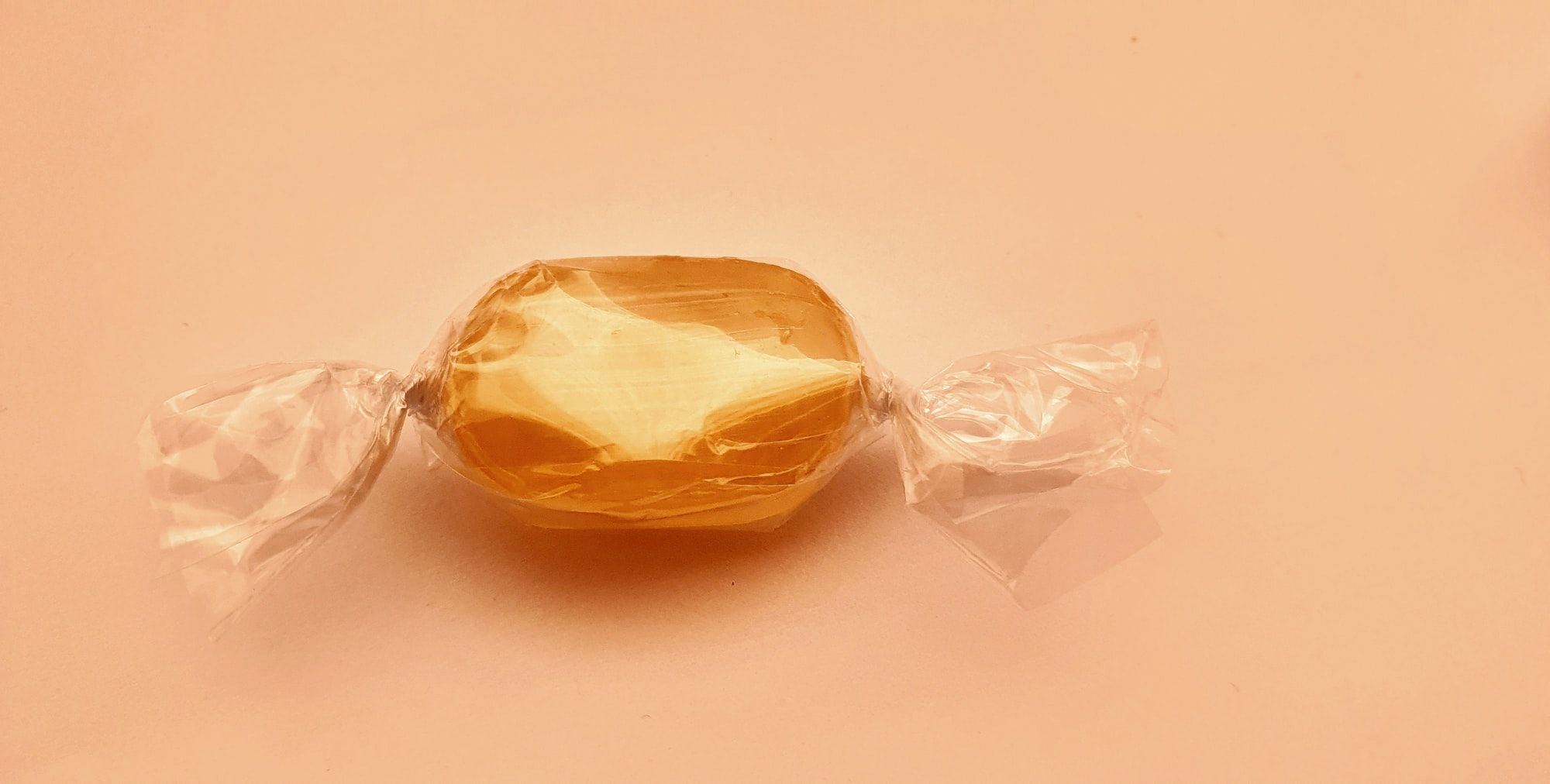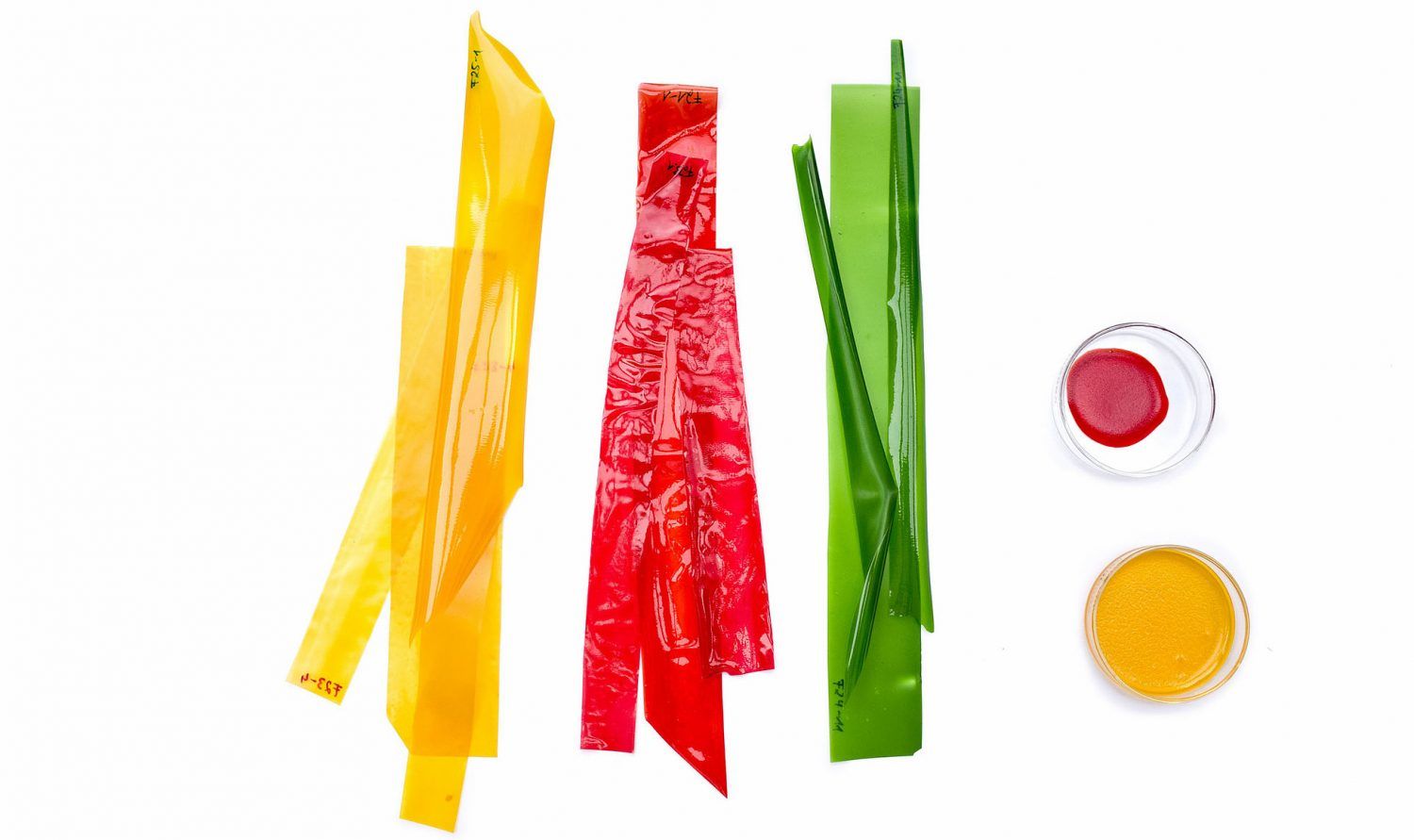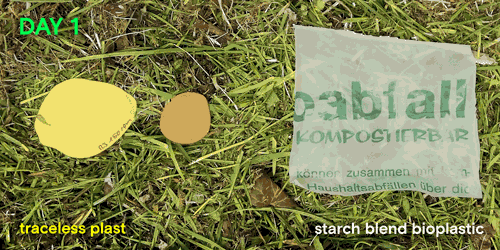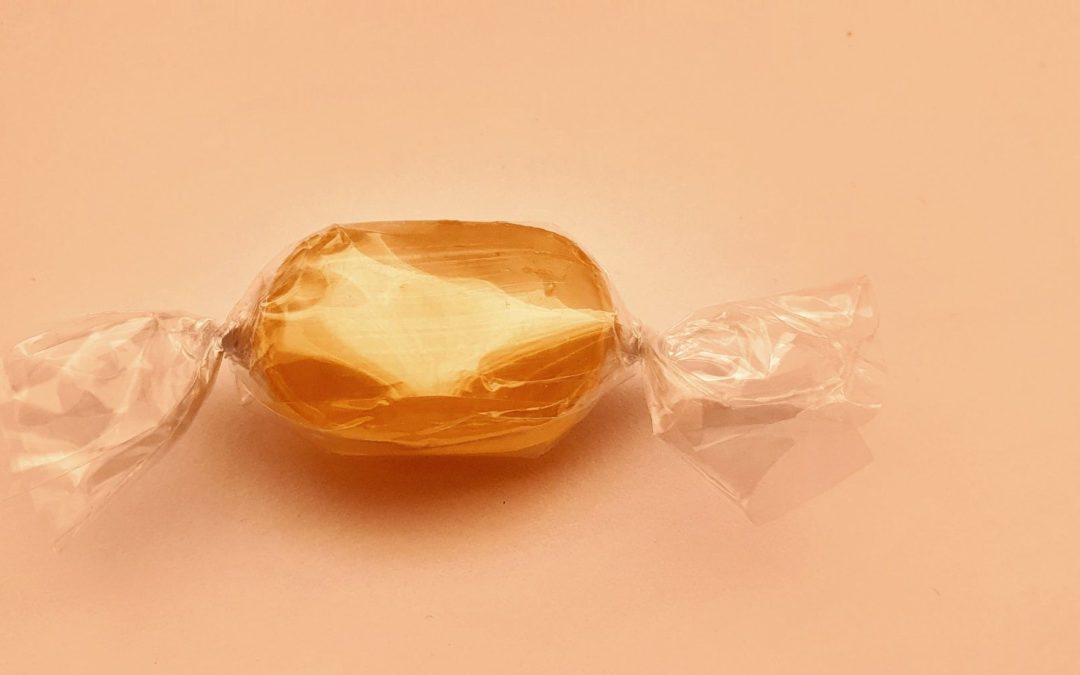
Plastic contributes to an enorumous waste and has an dreadful impact when it ends up in nature. Now Dr. Anne Lamp from Germany has designed a new type of plastic that is both edible and compostable.
Dr. Anne Lamp, has an engineering background and a passion for a ‘cradle to cradle’ lifecycle (which means closed loop production). She has designed a system to transform agricultural residues into various types of plastics.
After the plastic has been used it can safely be reintegrated into the food supply chain, again. Lamp’s process is estimated to be able to cut carbon emissions by 87% as compared to ordinary plastic production. It will cost less too.
Lamp launched her circular bio-economy startup Traceless in order to commercialise her idea. Traceless offers three different materials of packaging: a flexible film, a moldable plastic and a sprayable solution for coatings.

On Traceless website it reads:
“The key for Traceless’ excellent compostability lies in its natural ingredients: Unlike many bioplastics, our materials are not based on polymers that are chemically modified or synthetically polymerized.
Instead, we simply make use of natural polymers – those polymers that nature has already designed itself. That’s why microorganisms out there already know how to handle them, and can easily digest them.
Depending on the conditions and the thickness of the material, composting takes only 2-9 weeks.”

The startup has already gained alot of interest from investors and customers. EU:s ban on single-use plastics are coming up and therefor solutions like Traceless are needed.
Traceless has won this year’s Green Alley Award which recognizes and celebrates startups that display the circular economy’s potential.





